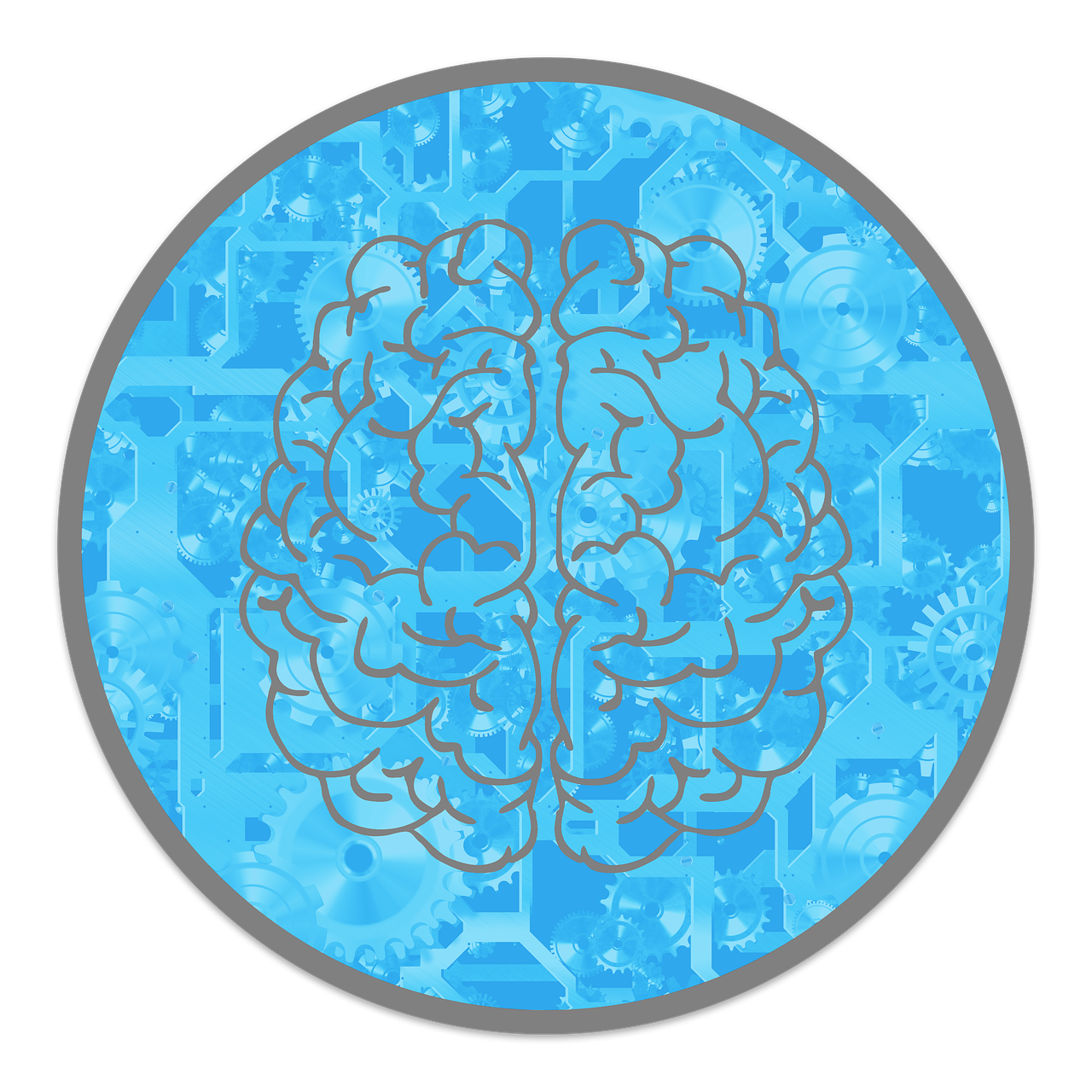
Social media grabs your attention for a reason—and it’s not just memes and likes.
Behind the scenes, platforms use a sneaky trick from psychology: variable rewards. That “What will I get this time?” feeling keeps you scrolling.
For digital marketers, this isn’t just interesting—it’s strategy gold.
If you get how variable rewards work, you can build content and experiences that actually hook people and keep them coming back.
This article breaks it down: where the idea came from, how apps use it, and how you can use it too (for good, not evil).
The Foundation: B.F. Skinner and the Power of Unpredictability
To understand why you can’t stop checking your phone, we’ve got to rewind to the 1950s and a guy named B.F. Skinner—a behavioral psychologist who ran experiments with pigeons and rats (yes, really).
Skinner put animals in boxes where they pressed levers to get food.
But here’s the twist: he changed up how often the food came.
One setup, called a variable ratio schedule, was especially wild. Instead of giving a reward every time, the system gave it randomly.
Sometimes on the third try, sometimes the tenth, sometimes not at all.
This randomness turned out to be powerful.
Why? Because the not-knowing made the animals keep pressing like crazy.
It’s the same logic that makes slot machines addictive: “Maybe the next one’s the jackpot.”
Skinner found that variable rewards created:
- Fast, constant action (people—or pigeons—keep going)
- Strong habits (even when rewards stop, the behavior sticks for a while)
Sound familiar? That’s exactly how social media hooks you.
You check your feed hoping for a like, a comment, or something juicy—and because you don’t know when it’s coming, you keep checking.

Social Media’s Masterclass in Variable Rewards
Let’s be real—social media isn’t just fun. It’s engineered to be addictive.
Every time you open TikTok or Instagram, you’re basically stepping into a digital version of Skinner’s lab. But instead of food pellets, you’re chasing likes, comments, and viral cat videos.
So how do apps pull this off?
Easy: they use variable rewards—random, unpredictable rewards that keep your brain asking, “What’s next?” Here’s how that plays out across three types of rewards:
1. Rewards of the Tribe
Humans want to be seen, liked, and included—it’s wired into our brains. Social platforms tap into that with social validation.
Likes, comments, shares
You post a pic. Will it get 2 likes or 200? No one knows.
That unpredictability makes you keep checking your phone like it owes you money.
Every like triggers a tiny dopamine hit, and your brain wants more.
New followers
You might wake up to 10 new followers… or none. Then boom—a viral reel and your number jumps.
That “maybe today’s the day” feeling keeps creators posting nonstop.
DMs
Opening messages feels like opening mystery boxes.
You don’t know if it’s a meme, a “hey,” or a job offer. That randomness = another variable reward.
2. Rewards of the Hunt
Our ancestors hunted animals. We hunt content. Social media knows this—and gives you endless stuff to dig through.
Endless scroll
You swipe down and get hit with a meme, then a news story, then a puppy, then a thirst trap. No two scrolls are the same.
That “what’s next?” keeps you in the loop longer than you meant to.
Algorithm feeds
These aren’t just feeding you what you like.
They mix in weird, surprising stuff to break the pattern.
That combo of familiar + random is addictive. You keep scrolling just to see what wild thing shows up next.
Trending topics
You get a push notification about something trending.
What is it? A celeb scandal? World news? New feature drop? That urge to know now is part of the hook.
3. Rewards of the self
We also crave meaning and progress. Social media taps into that with little hits of personal achievement.
Badges & milestones
Not as common outside of apps like Duolingo or Reddit, but when they show up (like “Top Fan” badges on Facebook or “Creator Achievements”), they feel good—even if they don’t mean much.
They still trigger that “Nice, I did something” reaction.
Creating posts & curating profiles
Making a post, editing a reel, picking your bio—it’s self-expression. And the reward? Feeling creative or proud of what you made (plus, maybe getting those likes).
“Memories” features
When Facebook or Snapchat randomly shows you an old post, it gives you a tiny hit of nostalgia. That “aww, remember this?” moment is another way the app keeps you emotionally invested.

The Dopamine Connection: Why Variable Rewards Feel So Good
Let’s talk brain chemistry. The reason variable rewards feel so good? It’s all about dopamine—your brain’s “get up and go” chemical.
People think dopamine = pleasure.
But really, it’s more about motivation and craving. It kicks in when you expect something good, not just when you get it. That’s a big deal.
Predictable vs unpredictable
If a reward’s predictable—like getting a snack every time you open the fridge—dopamine spikes at first, then chills out.
Your brain gets used to it. No surprise = no buzz.
But when rewards are random—like, say, checking Instagram and maybe seeing a flood of likes or a DM from your crush—your dopamine stays high during the wait.
Your brain loves the what if. That anticipation? That’s the real rush.
Why you can’t stop scrolling
This is why people scroll TikTok or refresh their feed for hours, even if half the posts are boring.
Your brain’s not chasing the reward—it’s chasing the chance of a reward.
Every swipe is a spin of the dopamine slot machine. And the possibility of finding something cool keeps you hooked.
The Dark Side: Addiction and Cognitive Impact
Variable rewards work—but not always in a good way. The same tricks that make social media fun also make it hard to put down. That’s where things get messy.
Here’s what can happen when “just one more scroll” turns into a habit:
1. Compulsive checking
You grab your phone without thinking.
You open Instagram without a reason. You refresh TikTok just to see something.
That random reward system trains your brain to check constantly—even when there’s nothing new.
2. FOMO (Fear of Missing Out)
You see everyone else posting, partying, launching startups, getting abs—and suddenly you feel like you’re missing something.
That “what am I not seeing?” feeling makes you check more. Even if it stresses you out.
3. Shorter attention spans
When your brain gets used to fast, flashy, never-ending content, sitting still and focusing on one thing (like homework or a meeting) gets harder.
Notifications interrupt your focus. Content trains you to crave constant novelty. It adds up.
4. Mental health hits
Overuse = burnout. The chase for likes, the endless scroll, the comparisons—it can lead to anxiety, low mood, and feeling not-good-enough.
Studies (like Montag et al., 2019) show that heavy use tied to variable rewards isn’t just a bad habit—it can mess with how you feel about yourself.

Strategic Implications for Digital Marketers
If you’re in digital marketing, here’s the deal: variable rewards aren’t just a trick social media uses—they’re a full-on strategy you can use to build better, stickier, more fun digital experiences.
But (big but), it has to be done right. Not shady. Not manipulative. Just smart.
Here’s how to use variable rewards in ethical, useful ways that actually respect your audience:
1. Use scarcity and surprise
People love the chase. That “wait… is this only for today?” energy is real. So give your audience that thrill on purpose:
- Flash sales or limited-time deals: Drop a promo that only lasts a few hours or a day. Bonus points if they didn’t see it coming.
- Surprise drops: Instead of posting every Tuesday at 10 AM, drop content at slightly random times. Keep it exciting.
- Personalized emails: Mix regular stuff with unexpected value—throw in an extra tip, a new tool, or a surprise discount that feels personal.
- Contests & giveaways: No one knows who’ll win. That randomness = a built-in dopamine hit.
2. Gamify the experience
Instead of blasting content, get people to play along. Make them part of the action.
- Quizzes and polls: “What kind of marketer are you?” or “Vote for our next product color.” People love testing themselves and seeing where they land.
- User-Generated Content (UGC): Ask fans to share pics, reviews, or ideas. The reward? They might get featured—on your feed, your email, even a product page.
- Mystery perks in loyalty programs: Ditch the flat discounts. Send surprise rewards like “bonus points just because” or “a freebie we picked for you.”
3. Make people curious
Don’t give it all away at once. Let people wonder what’s coming next.
- Teasers: Share a sneak peek of a new product or an upcoming feature. No need to drop the full thing—just enough to spark questions.
- Behind-the-scenes stuff: People love knowing what’s happening backstage—show your team, your process, your outtakes.
- Serial content: Think series, not one-offs. Drop content in parts (blogs, videos, emails), and build that “can’t wait for part two” feeling.
4. Reward with real value, not just clickbait
Here’s the golden rule: variable rewards hook people, but quality keeps them.
If your surprise or “special” content is boring or useless, they’ll bounce. Fast. So make sure:
- Every offer has a clear benefit
- Every surprise adds real value
- Every piece of content is actually useful, funny, or interesting
Basically: don’t bait people into checking, then give them junk.
5. Let the community reward itself
Social rewards hit hard. Being seen, heard, or appreciated by other people feels great—and it keeps users coming back.
- Reply to comments and DMs: Not just auto-responses—real, unexpected replies build connection.
- Create conversation spaces: Give your audience a spot to talk to each other. Let them trade tips, cheer each other on, or just vibe.
- Shout-outs and features: Highlight fans, customers, or creators. The reward? They get recognition, and everyone else sees that you actually care.
Final Take
Social media keeps us hooked for a reason—it’s built on variable rewards, a brain hack straight out of B.F. Skinner’s playbook.
Random likes, surprise content, and unpredictable feedback? That’s the dopamine trap.
For marketers, the lesson isn’t “manipulate”—it’s engage smarter. Use surprise, curiosity, and real value to keep people interested (without draining their soul).
Done right, it builds trust, loyalty, and content people actually want to see.



